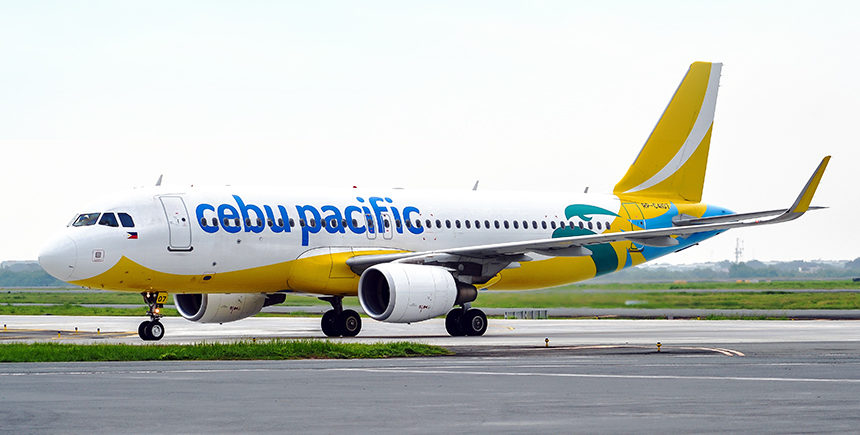Qantas Airways has received its first Airbus A321XLR, making it the launch operator for the aircraft type in the Asia-Pacific region. The aircraft was officially handed over at the Airbus final assembly line in Finkenwerder, Hamburg, on June 30, 2025.
The new jet, registered VH-OGA and named “Great Ocean Road,” departed Hamburg on its delivery flight to Sydney with a single stop in Bangkok. This long-haul ferry flight, operating as QF6041, highlights the extended range capabilities of the A321XLR.
This delivery is a key part of the Qantas Group’s comprehensive fleet modernization program. The airline has a firm order for 28 A321XLRs, which are set to gradually replace its aging domestic Boeing 737 fleet. An additional 12 aircraft are allocated to its low-cost subsidiary, Jetstar.
Powered by Pratt & Whitney GTF engines, the A321XLR is designed for efficiency and flexibility. Airbus states, “The A321XLR is the next evolutionary step of the A320neo Family, responding to market needs for more range and payload, creating even more flexibility and value for the airlines.”
The aircraft boasts the longest range of any single-aisle jet, capable of flying up to 4,700 nautical miles (8,700 km). This allows Qantas to consider new direct domestic and short-haul international routes to destinations in Southeast Asia and the Pacific Islands.
Furthermore, the A321XLR brings what Airbus describes as “a reduction in fuel consumption and carbon emissions of 30% compared with previous generation competitor aircraft.”
Inside, the Qantas A321XLR features a two-class layout designed with Australian designer David Caon. The first three aircraft, including VH-OGA, are configured with 20 Business Class seats and 180 Economy seats. Subsequent deliveries will feature 177 Economy seats for a total of 197 passengers.
According to Qantas, the Business cabin includes a 37-inch seat pitch, wireless charging pads, and calf and footrests. Economy passengers will have a 30-inch seat pitch, wider seats than the 737, and drop-down tablet holders for personal devices. All passengers will have access to fast and free Wi-Fi and USB A & C charging ports.
In line with global sustainability efforts, the A321XLR can currently operate with up to 50% Sustainable Aviation Fuel (SAF). Airbus has stated its goal is to have its aircraft capable of flying with up to 100% SAF by 2030.
























Leave a comment